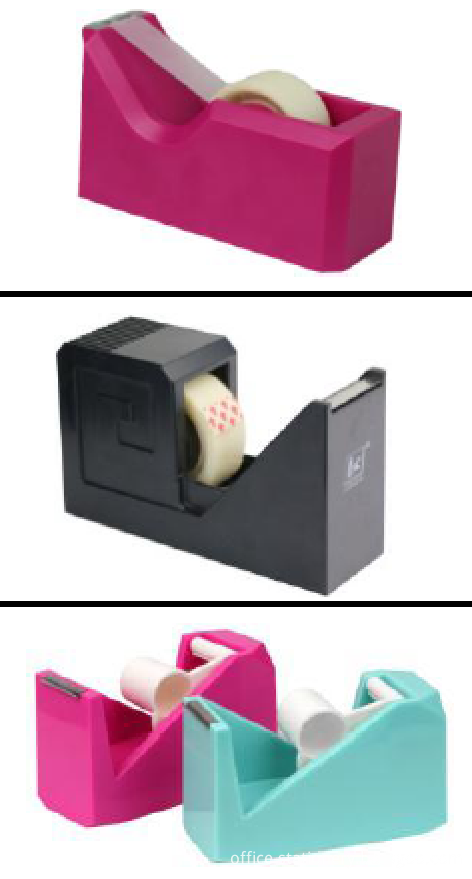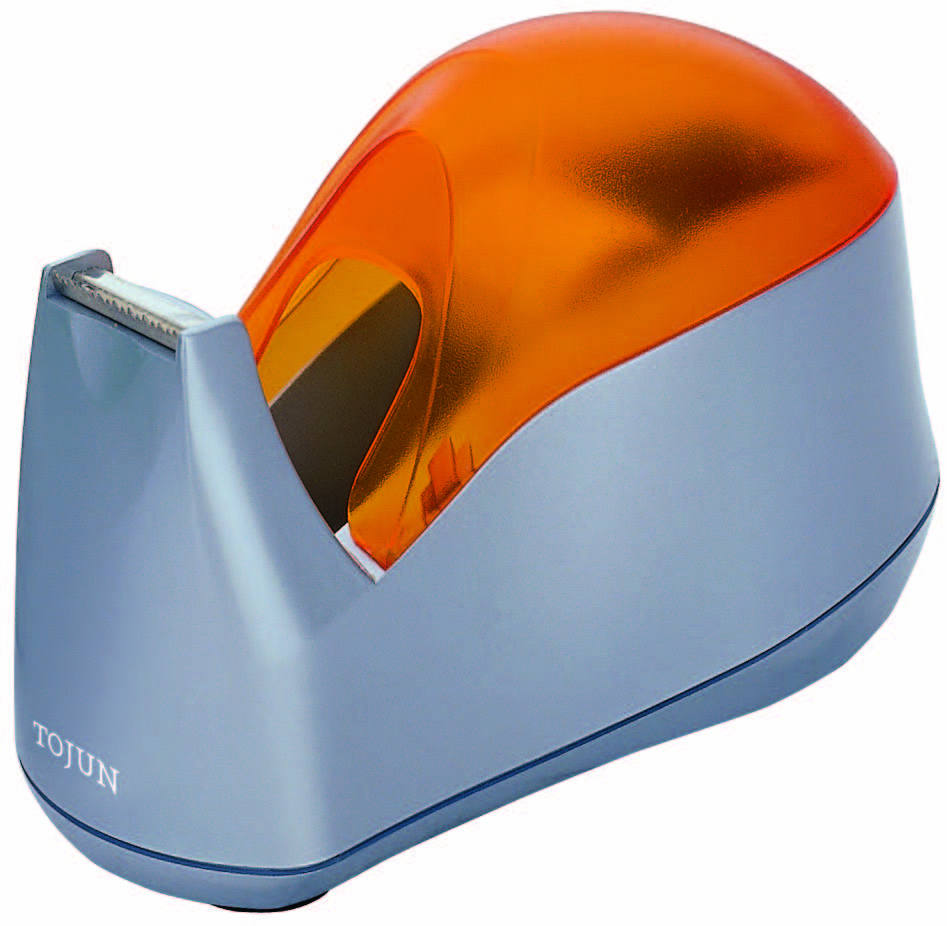Transfer printing refers to the printing process of transferring dyes to fabrics through transfer paper. It is based on the sublimation characteristics of some disperse dyes, selects the disperse dyes sublimated at 150~230°C, and mixes them with the paste to make “color inksâ€. According to different design requirements, the “color inks†are printed. Transfer paper (this is a special kind of paper, it is called transfer paper), and then transfer the printed pattern printed paper and fabric closely, under the control of a certain temperature, pressure and time, the dye from the printing paper Transfer to the fabric, through the diffusion into the fabric inside, so as to achieve the purpose of coloring.
Transfer printing has several methods such as sublimation, bathophoresis, melting and ink layer stripping. Among them, transfer printing with the sublimation method is the most mature.
1. Sublimation method
This is the most commonly used method, using the sublimation characteristics of disperse dyes, using disperse dyes with a molecular weight of 250-400, a particle diameter of 0.2-2 microns, and a water-soluble carrier (such as sodium alginate) or an alcohol-soluble carrier (such as B The base cellulose) and the oil-soluble resin are made into an ink and processed on a transfer printing machine at 200 to 230° C. for 20 to 30 seconds to transfer the disperse dye to the synthetic fiber such as polyester and fix it. The sublimation process generally goes through three processes: Before the transfer process occurs, all the dyes are on the printed film on the paper, the dye concentration in the printed fabric and air gap is zero, and the size of the air gap depends on the structure of the fabric, the yarn count And transfer pressure; in the transfer process, when the paper reaches the transfer temperature, the dye begins to volatilize or sublimate, and the concentration of the paper and fiber forms volatilization. When the printed fabric reaches the transfer temperature, the dye adsorption begins on the fiber surface until Reach a certain saturation value. Since the transfer of dye from paper to fiber is continuous, the rate of adsorption depends on the rate at which the dye diffuses into the interior of the fiber. In order to enable the dye to be directed and diffused, a vacuum is often applied to the underside of the dyed material to allow the dye to achieve directed diffusion and transfer. After the dyeing process, after the dyed material is dyed, the dye content on the paper is reduced, and some of the remaining dye migrates to Inside the paper, the amount of residual dye depends on the vapor pressure of the dye, the affinity of the dye for the paste or transfer paper, and the thickness of the printing film. The sublimation method generally does not require wet treatment, which can save energy and reduce the load on sewage treatment.
2. Sweep The dye in the transfer ink layer is selected according to the nature of the fiber. The fabric is first padded with a mixture of a color fixing aid and a paste, and then transferred by hot pressure in a wet state. The dye is transferred from the transfer printing paper to the fabric and fixed, and finally steamed and washed. Wet processing. When the dye is transferred, a large amount of pressure is required between the fabric and the transfer paper.
3. Melting method The ink layer of the transfer paper is based on dyes and waxes. The ink is embedded in the fabric by melting and pressing. Some of the ink is transferred to the fibers, and the post-treatment is performed according to the properties of the dye. When using the melting method, a larger pressure is required, and the dye transfer rate increases as the pressure increases.
4. The ink layer peeling method uses the ink that can produce strong adhesion to the fiber when exposed to heat, and the whole ink layer can be transferred from the transfer paper to the fabric under a relatively small pressure, and then the fixing process is performed according to the nature of the dye. .
In addition to synthetic fabrics, transfer printing can also be used for the printing of natural fiber pure spinning and blended fabrics. It has the following advantages: (1) No water, no sewage; (2) Short process flow, finished product after printing, no need for steaming, washing and other post-processing processes; (3) simple equipment, low investment, and land occupation Less, low energy consumption; (4) fine pattern, rich and clear layers, high artistic quality, strong three-dimensional effect, less than the general method of printing, and can print photography and painting style patterns; (5) colorful printing, in During the sublimation process, the tar in the dye is left on the transfer paper and does not contaminate the fabrics; (6) The genuine product rate is high. When transferring, multiple sets of color patterns can be printed at one time without the need for flowers; (7) The flexibility is strong and the customer selects After the pattern can be printed in a short period of time, in addition to printing horseshoe fabric, but also on the clothing products and then transfer printing, as the clothing collar, cuffs, pockets on the partial printing. There are also deficiencies in transfer printing. The main ones are: (1) The scope of use is subject to certain restrictions. 80% of transfer printing is used for polyester fabrics, 10% for polyester blended fabrics, 10% for acrylic, nylon and acetate fibers, etc., for natural fiber fabrics has not been mass-produced; (2) consumes a large amount of paper In addition to the transfer of paper, it also requires liners, so the area of ​​paper consumed is twice that of printed fabrics, and the handling of leftovers is also a problem; (3) The production efficiency is very low, and the output of a transfer printing machine is 3 ~4 m/min, the higher is only about 8 m/min, which is lower than manual screen printing. It is only applicable to small batches and many varieties, which affects the promotion of transfer printing.
Accept Small order!!
We are professional manufacturer for electronic Stationery since 1993, Providing one-stop solution from design, R&D, Quality control, mass production, Export etc., our key partner are staples, Essetle, Acco and so on, Technology and production is best for you. License: ISO9001,ISO14001,Reach, Rohs, CE,UL,FCC,SEDEX.
Tape Dispenser for mini tape, tape internal dia:25mm or 75mm, tape width:12-20mm
fashion design for your desk


Tape Dispenser,Tape Gun Dispenser,Tape Dispenser Desktop,Colorful Tape Dispensers,Manual Tape Dispenser
Ringsun Holding Ltd , http://www.ele-office.com